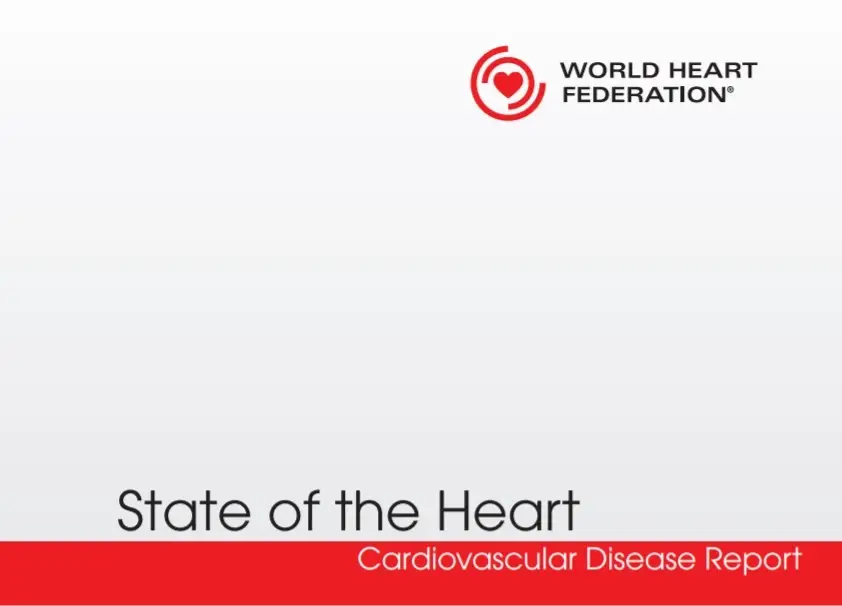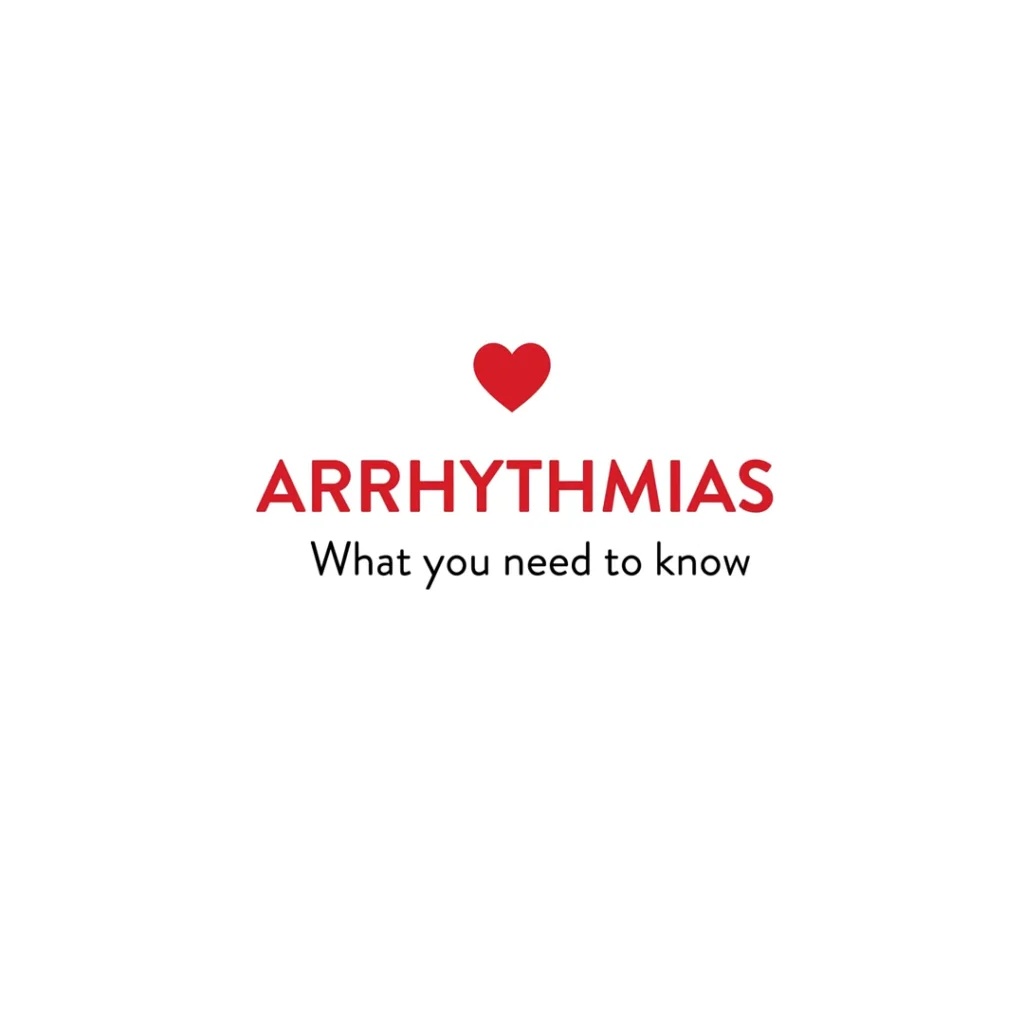
Every year, 17.1 million lives are claimed by the global burden of heart disease and stroke - 82% of which are in the developing world . The number of deaths – especially in low- and middle-income countries (LMICs) – is alarming and saddening, particularly since through steps such as eating a healthy diet, regular physical activity and avoiding tobacco, the majority of these deaths could be prevented.
On the occasion of the 10th anniversary of World Heart Day the World Heart Federation launched the ‘State of the Heart’ CVD Report.
- The World Heart Federation has initiated this report – the first of its kind – to reflect on the great achievements in cardiovascular disease (CVD) over the past decade, and raises awareness of the challenges still ahead of us in the fight against the number one killer worldwide.
- The report also calls upon employers, healthcare professionals, policy-makers and other stakeholders to implement the necessary activities to fight the growing burden of CVD.
Purpose
The ‘State of the Heart’ CVD Report takes stock of the achievements made in CVD policy, science and medicine, giving a concise and engaging overview of the past 10 years which aims to engage a wide audience of employers, healthcare professionals, policy-makers and other stakeholders.
Over the past decade, the public health and medical communities have been strengthening efforts to fight the growing burden of CVD. However, against the milieu of success, the report is also a reminder that we must not forget that CVD continues to be the number one killer worldwide.
The urgency of the problem is becoming more and more widely recognized. This is why the report aims to identify the challenges lying ahead and makes recommendations as to how these can be addressed.
The report content was identified by an expert panel of representatives, which brought together a wide variety of CVD expertise.
Key Findings
In the first section of the report, the editorial board traces the recent history of heart health, and considers the top 10 achievements made within the past decade, drawing upon the key influences to improvements being made, and presenting case study success stories to which the wider global health community can aspire to.
As identified by the editorial board, key achievements include:
Policy
- Recognition of non-communicable diseases (NCDs) of which CVD is the number one killer, as an urgent public health priority by the United Nations (UN). On 13th May 2010 the UN General Assembly voted unanimously for UN Resolution 64/265 to hold a Summit on NCDs in September 2011
- The widespread adoption of the WHO Framework Convention on Tobacco Control, which catalyzed global action towards a smoke-free world
- The launch of awareness campaigns to highlight the importance of diet and physical activity on heart health
- Expanded efforts by organizations to mobilize companies to invest in workplace-wellness initiatives to promote health amongst employees
Medicine
- Improved recognition of the symptoms and treatment for heart attacks
- The introduction of quality improvement programmes within hospitals
- Improved public awareness of, and access to, CVD healthcare in developing countries
Science
- Statin therapy which ‘revolutionized’ the treatment of elevated cholesterol, reducing the risk of heart disease and heart attacks in people with very high cholesterol levels
- The development of monitors to assist in the correct diagnosis of atrial fibrillation
- Advances in diagnosing and treating congenital heart defects
The report concludes that as part of an ongoing campaign against heart disease and stroke, the World Heart Federation and partner organizations call for a sustained worldwide effort to prevent and control CVD, and encourage immediate endeavours by international organizations, national governments, healthcare professionals and importantly, the general public.
The report also discusses the ongoing barriers to global heart-health that must be addressed, and consider the tools and expertise needed for success in fighting these challenges, particularly in LMICs where the strategies of more developed nations are often harder to implement.
The challenges identified by the panel include the following:
-
Secure an outcomes statement at the UN High Level Summit on NCDs, taking place in September 2011
-
Enhance benefits of smoking cessation and implement affordable smoking cessation programmes at the community level
-
Increase access to affordable, quality essential medicines for CVD in LMICs
-
Close disparities in CVD health
-
Increase the prevalence of workplace-wellness initiatives
-
Integrate CVD prevention, detection and treatment into primary healthcare settings
-
Increase the CVD health workforce
-
Strengthen global, regional and national partnerships
-
Improve data collection and monitoring of care provided to coronary heart disease patients


